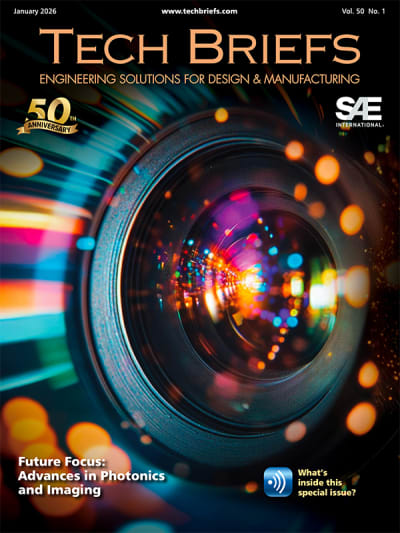World's Smallest Fidget Spinner Created with 'Nanoscribe' Machine
Researchers at Oak Ridge National Laboratory's Center for Nanophase Materials Sciences created a microscopic fidget spinner to illustrate the facility's unique resources. Their fidget spinner measures only 100 microns wide, or one tenth of a millimeter. The 'Nanoscribe' machine that built the fidget spinner is also used by researchers to create microfluidic and micromechanical devices for scientific applications. The instrument uses a focused laser to convert a liquid into a solid at a microscopic level. This process, similar to 3D printing, allows researchers to precisely design and build complex designs to make functional microscale devices with moving components.
Transcript
00:00:02 [Music] hi there I'm dr. Adam Rhonda Nonie I'm a senior scientist at Oak Ridge National Laboratory Center for nano phase material sciences well kids love fidget spinners and kids love science and so we're going to do a little science demonstration today and we're going to make the world's smallest fidget spares
00:00:34 [Music] the Center for nano phase material Sciences is a department of energy user facility which means our job is to offer cutting-edge experiments instrumentation and scientists to help other scientists do the science they need to do that includes companies and universities the instrument we're going to use today is called a nano scribe it's one of the
00:01:02 cutting edge tools that we offer to people who want to come here and do science we're here in our cleanroom today the cleanroom is a place where there's no dust and that's important because dust can interfere with the processes that we use to make these very small machines and devices now the Nano scribe is a special tool that takes liquid and converts that liquid to a
00:01:27 solid only where we want to convert it and in that way it allows us to 3d print very very small devices using a convergent laser inside of a liquid and then we wash away the liquid and we're left with the device here's how we make a fidget spinner first our engineers draw up a design using a computer this is called computer-aided design or CAD then the CAD file is loaded onto the
00:01:56 instrument where the design gets sliced up into manageable layers and when all the slices are put together it actually builds the device [Music] next our engineer takes and adds a little bit of liquid onto a piece of silicon wafer and that piece of wafer is loaded into the Nano scribe the Nano scribe uses a laser that's focused and
00:02:22 only at the focal point where the laser is at its strongest does the liquid convert into a solid now the instrument takes that laser and it raster's it through the liquid much like a 3d printer raster's a squirt nozzle extruding polymer but in this case the laser converts the liquid to a solid once the process is complete then the fidgets spinner still on the wafer is
00:02:52 removed developed and rinsed here are some scanning electron micrographs of the finished spinner [Music] we can't spin it here in the electron microscope so we'll put it on an optical microscope and blow on it with compressed air this fidget spinner from side to side it's the width of a human hair we think
00:03:29 it's probably the smallest ever made so while the fidget spinner is fun most the time we're using these instruments to do real science where we're making very small machines microfluidic channels sensors photo sensors and such for actual scientific purposes the Center for nano phase material Sciences is a user facility which means everything that we have and
00:03:50 all of our staff are available to other scientists that want to come here and work so if you want to do an experiment to be published in the open literature then please visit our website at wwlp.com [Music]

